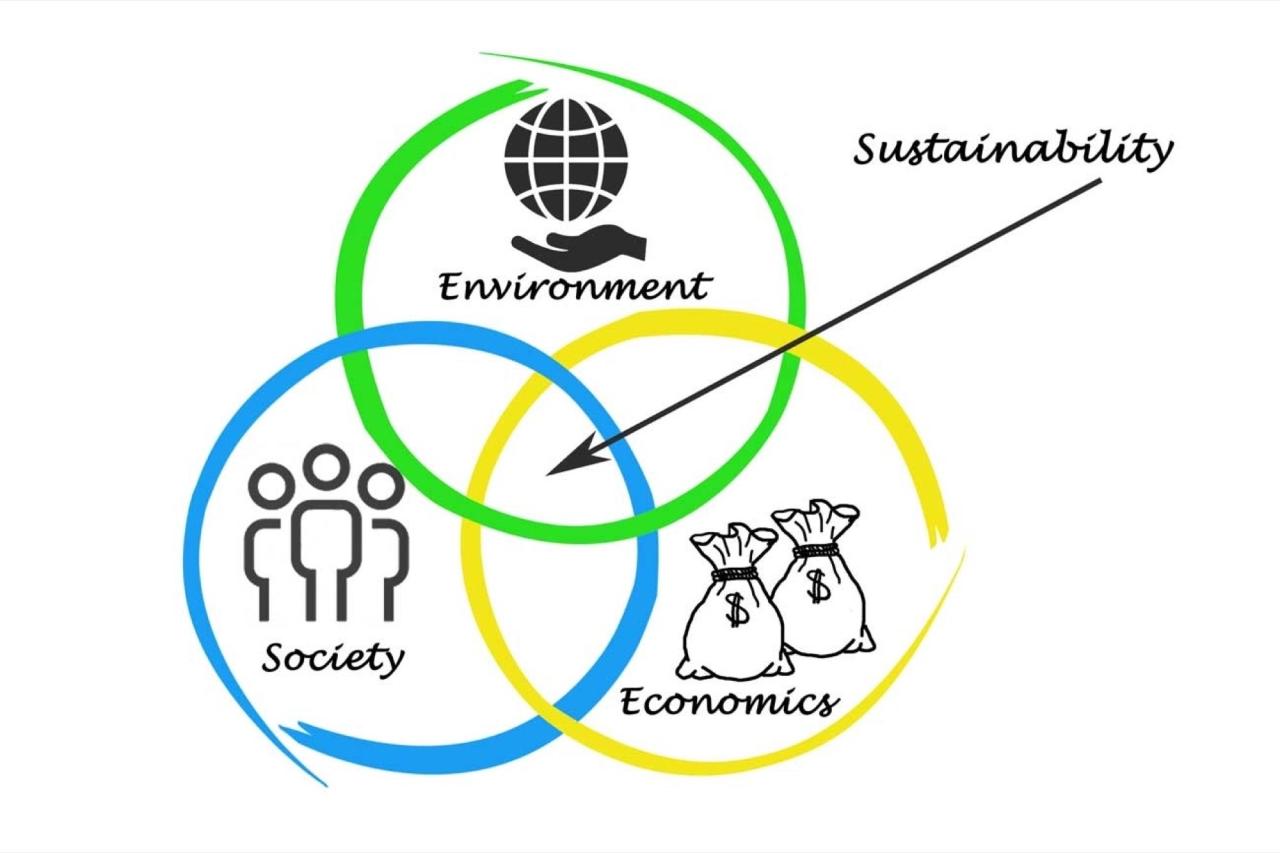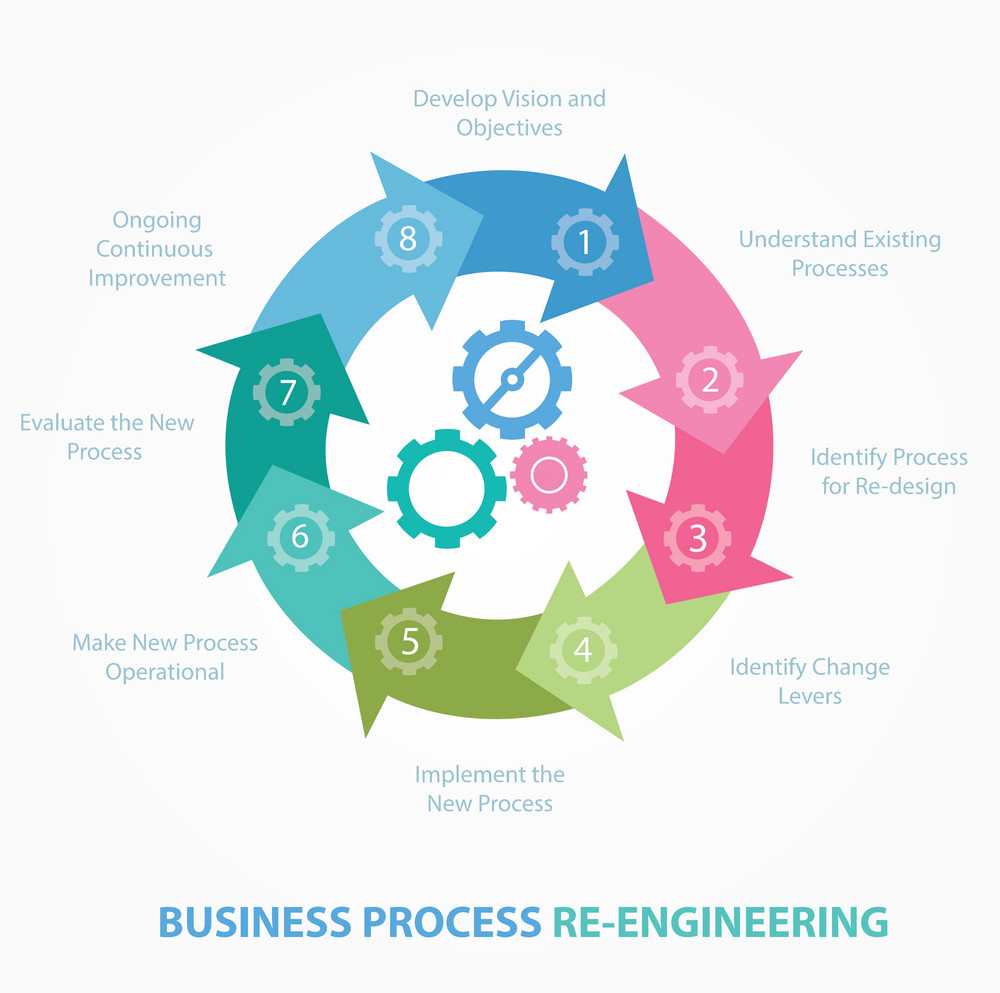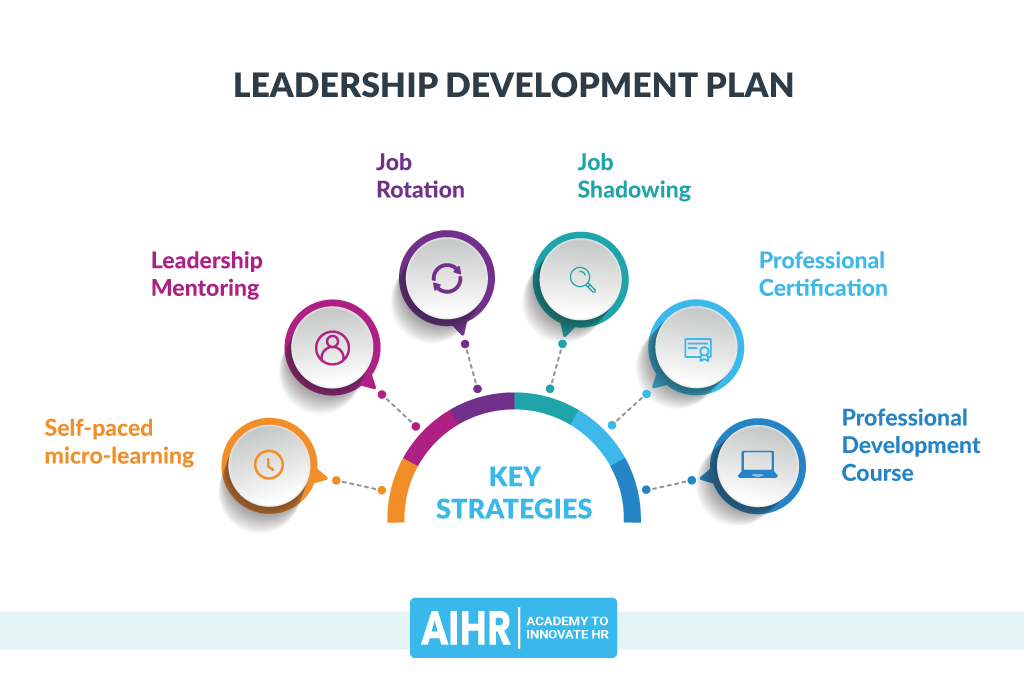Employee Training And Development Programs
Employee training and development programs are essential for fostering growth and success within organizations. By investing in structured training initiatives, companies can enhance employee skills, boost motivation, and improve retention rates. Let’s delve into the world of training programs and explore how they shape the future of workforces.
Importance of Employee Training and Development Programs
Training and development programs play a crucial role in the success of any organization. By investing in the growth and skill enhancement of employees, businesses can reap numerous benefits that contribute to their overall performance and competitiveness in the market.
Enhancing Employee Skills and Knowledge
Employee training programs provide opportunities for staff to enhance their skills and knowledge in their respective roles. Through targeted training sessions, employees can stay updated on the latest industry trends, technologies, and best practices, enabling them to perform their tasks more efficiently and effectively.
Boosting Employee Engagement and Motivation
Investing in employee development initiatives demonstrates a commitment to the growth and well-being of your staff. This, in turn, boosts employee morale, engagement, and motivation. Employees who feel valued and supported are more likely to stay loyal to the organization and go the extra mile to achieve its goals.
Improving Employee Retention
Structured training programs also play a key role in improving employee retention rates. When employees see opportunities for growth and advancement within the organization, they are more likely to remain committed and satisfied in their roles. This not only reduces turnover costs but also helps in maintaining a skilled and experienced workforce.
Types of Employee Training Programs
Training programs play a crucial role in enhancing the skills and knowledge of employees to improve their performance in the workplace. There are various types of employee training programs, each designed to meet specific needs and goals.
On-the-Job Training
On-the-job training involves learning while performing actual tasks within the work environment. This type of training allows employees to acquire new skills and knowledge through hands-on experience and observation.
Workshops and Seminars
Workshops and seminars are short-term training programs that focus on specific topics or skills. These sessions are usually conducted by experts in the field and provide employees with the opportunity to learn new information and techniques.
Online Courses, Employee training and development programs
Online courses have become increasingly popular due to their flexibility and accessibility. Employees can complete training modules at their own pace and convenience, making it a convenient option for professional development.
Skills-Based Training vs. Leadership Development Programs
Skills-based training programs focus on enhancing specific job-related skills, such as technical skills or communication skills. On the other hand, leadership development programs aim to cultivate leadership qualities and abilities among employees to prepare them for managerial roles.
Tailoring Training Programs to Different Employee Levels
It is essential to customize training programs according to the different levels of employees within an organization. Entry-level employees may require basic skills training, while mid-level employees may benefit from more specialized or advanced training. Senior-level employees may need leadership development programs to prepare them for higher positions within the company.
Designing Effective Training Programs

Effective training programs are essential for the growth and development of employees within an organization. Designing engaging and interactive training sessions can greatly enhance the learning experience and ensure better retention of information. Assessing training needs within an organization is crucial to tailor the training programs to address specific gaps and requirements. Incorporating technology into training programs can also lead to better learning outcomes by utilizing interactive tools and resources.
Strategies for Designing Engaging and Interactive Training Sessions
- Utilize interactive activities such as group discussions, role-playing, and simulations to keep participants engaged.
- Incorporate multimedia elements such as videos, animations, and infographics to make the training sessions more visually appealing.
- Encourage active participation through hands-on exercises and practical learning experiences.
- Provide opportunities for feedback and reflection to enhance the learning process.
Assessing Training Needs within an Organization
- Conduct surveys, interviews, and assessments to identify specific skill gaps and training requirements.
- Review performance data and feedback from managers to pinpoint areas where training is needed.
- Consider the long-term goals and objectives of the organization to align training programs with strategic priorities.
- Involve employees in the assessment process to ensure their input and feedback are taken into account.
Tips on Incorporating Technology into Training Programs
- Use online learning platforms and e-learning modules to provide flexible and accessible training options for employees.
- Utilize virtual reality and augmented reality technologies to create immersive learning experiences.
- Implement gamification elements such as quizzes, badges, and leaderboards to make training more interactive and engaging.
- Offer mobile learning solutions to enable employees to access training materials anytime, anywhere.
Measuring the Effectiveness of Training Programs

Training programs are a significant investment for any organization, and it is crucial to measure their effectiveness to ensure they are providing the desired outcomes. Key performance indicators (KPIs) play a vital role in evaluating the success of training programs. These indicators help in assessing the impact of training on employee performance and overall organizational goals.
Key Performance Indicators (KPIs) for Training Programs
- Employee Performance Improvement: Measure the changes in employee performance before and after training to gauge the effectiveness of the program.
- Employee Engagement: Monitor employee engagement levels post-training to determine if the program has positively impacted motivation and commitment.
- Training Completion Rates: Track the percentage of employees who successfully complete the training to evaluate its relevance and engagement level.
- Cost of Training: Analyze the cost-effectiveness of the training program by comparing the expenses incurred with the results achieved.
Importance of Feedback and Evaluation
Feedback and evaluation are essential components in improving training initiatives. By collecting feedback from participants and stakeholders, organizations can identify areas of improvement, understand the effectiveness of the training content, and make necessary adjustments for future programs. Evaluation helps in assessing the overall impact of training on employee performance and organizational success.
Tools and Methods for Tracking Training Impact
- Surveys and Questionnaires: Gather feedback from participants through surveys to understand their perception of the training program and areas for improvement.
- Skills Assessments: Conduct pre and post-training assessments to measure the enhancement in employee skills and knowledge after completing the program.
- Performance Reviews: Monitor employee performance post-training to determine if there is a positive impact on productivity, quality of work, and overall performance.
- Training ROI Calculations: Calculate the return on investment (ROI) of training programs by comparing the benefits gained from training with the costs incurred.
FAQ Summary
How do training programs benefit organizations?
Training programs enhance employee skills, boost motivation, and improve retention rates, leading to a more productive workforce.
What are some key types of employee training programs?
Types include on-the-job training, workshops, online courses, skills-based training, and leadership development programs.
How can companies measure the effectiveness of training programs?
Key performance indicators (KPIs), feedback mechanisms, and evaluation tools are used to track the impact of training on employee performance.







